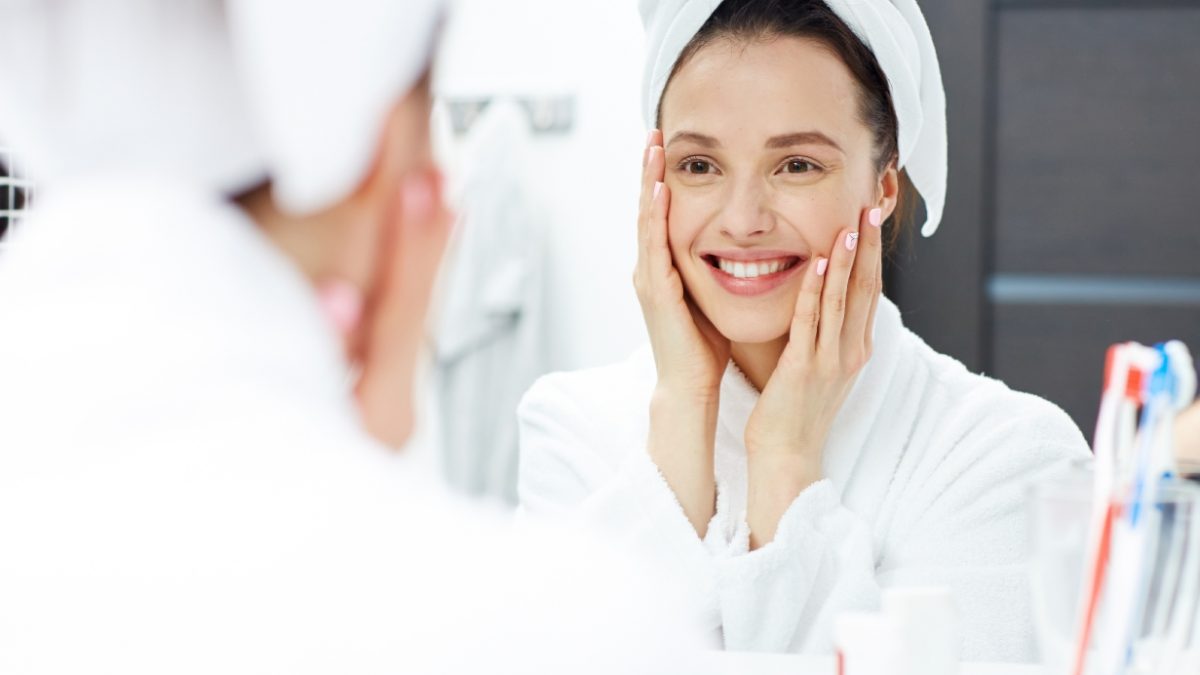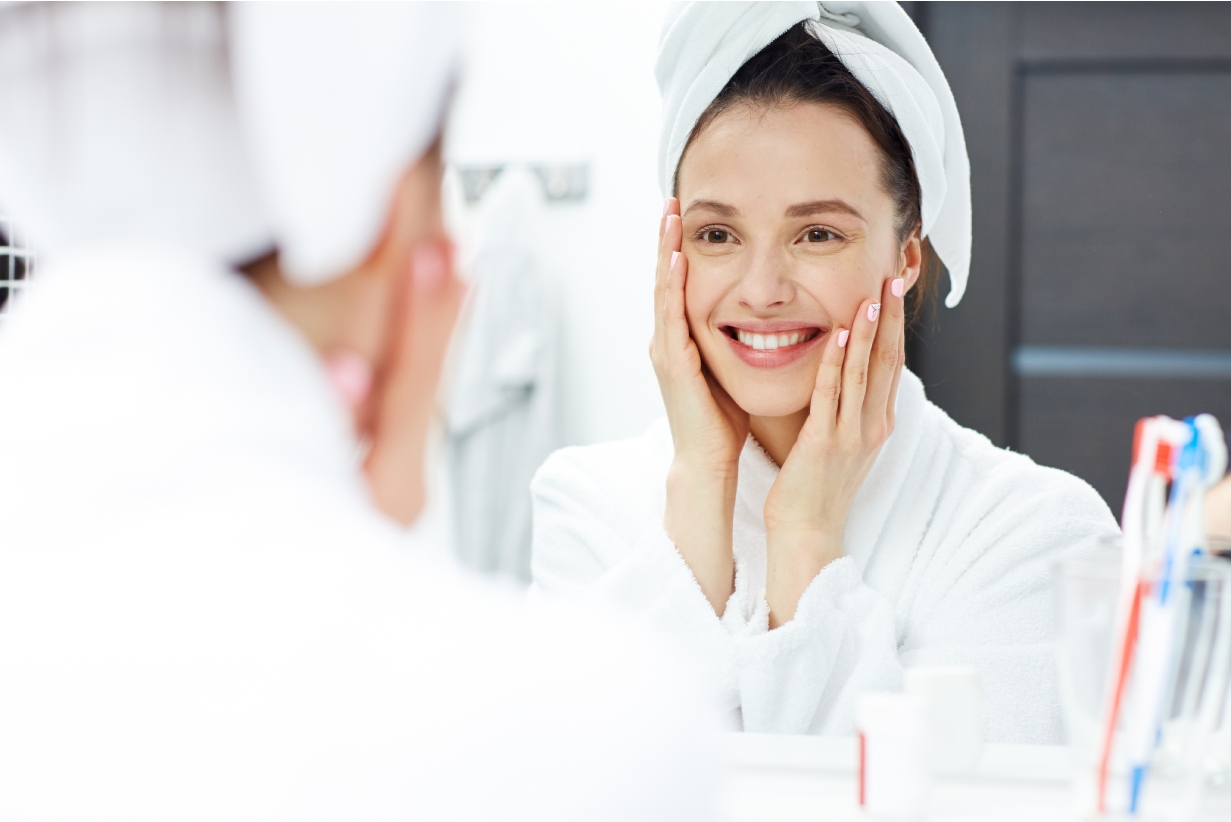Acne is one of the most common and complex skin conditions, significantly affecting both the body and the psychology of an individual. It is often caused by blocked pores and inflammation around the sebaceous glands, resulting from multiple factors.
What are the Main Factors Contributing to Acne? Acne arises from four main factors:
- Blockage of Sebaceous Pores: Due to faster, more intense, yet imperfect keratinization of the skin.
- Excessive Sebum: Androgens increase the function of sebaceous glands, causing seborrhea.
- Hormonal Disorders: High levels of androgens significantly contribute to the development of acne.
- Bacteria: The bacterial flora causes changes in the chemical composition of sebum, exacerbating inflammation.
Additional Factors Affecting Acne
- Genetics: Genes play an important role.
- Medications: Certain pharmaceuticals may cause or worsen acne.
- Stress: Acne and stress—how are they related?
Acne is one of the most common skin conditions affected by stress. During times of increased anxiety, such as exams, work obligations, or personal issues, cortisol production increases, leading to excessive sebum secretion. At the same time, stress can reduce sleep quality and exhaust the body, diminishing the skin’s ability to heal and renew properly.
- Environmental Conditions: High humidity and temperature increase oiliness.
Types of Acne and Oily Skin
Common or adolescent acne appears with the onset of androgen function during puberty or a few years prior and typically resolves by the age of 25. However, it can also occur in the third, fourth, and fifth decades of life, especially in women. It is primarily located on the face and often on the back, chest, and shoulders. In males, it is more prevalent during adolescence.
In addition to common acne, there are other clinical types depending on the etiology and lesions. Acne can be broadly classified as:
- Inflammatory: Characterized by redness, pimples, and cystic lesions.
- Non-Inflammatory: Mainly presents as blackheads and whiteheads (open and closed comedones, respectively).
Oily skin, although not always accompanied by acne, is prone to flare-ups and requires special care. Oiliness can be due to androgens, genetics, or other factors.
What are the Goals for Treating Acne and Oiliness? The treatment of acne aims to:
- Reduce sebum production.
- Decongest the hair-sebaceous follicle.
- Differentiate the microbes and lipid composition of the skin.
The improvement of oily skin aims to:
- Reduce sebum production.
- Restore the skin’s hydrolipidic mantle (oily skin also needs hydration to remain healthy).
Care Tips for Oily and Acne-Prone Skin
Choosing the right products is just as important as avoiding those that contain comedogenic ingredients, which clog pores and worsen acne.
Avoid ingredients such as:
- Sulfates: Such as Sodium Lauryl Sulfate (SLS) and Sodium Laureth Sulfate (SLES). Sulfates are often used in cleansing products for their ability to remove sebum and impurities, but they can be too harsh for acne-prone and oily skin. These ingredients can:
-Cause dryness: They strip the skin of its protective moisture, making it more sensitive and prone to inflammation.
-Disrupt the skin’s pH: The pH can become more alkaline, promoting the growth of bacteria and inflammation.
-Cause irritation: Especially in acne-prone skin, leading to redness and a burning sensation.
Therefore, opt for gentle cleansers without sulfates that will maintain the skin’s balance without overwhelming it.
- Lanolin: A sheep wool derivative that is heavy in texture and may cause clogged pores.
- Vaseline: While it hydrates, it is too heavy for acne-prone skin.
Cocoa Butter: Although it is emollient, it can be too rich for acne-prone skin. - Comedogenic Ingredients: Materials such as lanolin, petroleum jelly, and cocoa butter are known to worsen acne.
For daily care against acne and oiliness, prefer:
- Vitamin A (Retinol & Retinaldehyde)
Vitamin A is one of the most powerful ingredients for combating acne and oiliness. Retinol and retinaldehyde help in cell renewal, reduce clogged pores, and enhance skin texture. Suitable for nighttime use, they also reduce fine lines, providing a brighter and clearer result.
- Niacinamide
Niacinamide, also known as Vitamin B3, helps regulate sebum production and minimize enlarged pores. It has anti-inflammatory properties, making it ideal for sensitive and acne-prone skin.
- Acids Fruit acids (such as glycolic and lactic acid) gently exfoliate the skin, while salicylic acid, which is lipophilic, penetrates pores and helps dissolve blockages that cause acne. They assist in removing dead cells, preventing pimples and blackheads.
- Acidic pH Products
Oily and acne-prone skin often has a more alkaline pH, which favors bacterial growth. Products with slightly acidic pH help maintain a healthy skin balance, reducing the likelihood of acne flare-ups.
- Prebiotics and Probiotics
Products with prebiotics and probiotics help strengthen the skin’s microflora, maintaining a healthy balance and protecting against irritations. Ideal for soothing irritated skin.
- Tea Tree Oil
Tea tree essential oil is known for its antibacterial properties. It can be used on localized pimples, helping to decongest the area and reduce inflammation.
- Non-Oily Sunscreens
Sun protection is essential, and for acne-prone skin, non-oily sunscreens that do not burden the skin with unnecessary oiliness are recommended.
Professional Treatments for Acne and Oiliness
In an aesthetic center, the skin can receive specialized care through treatments that combine modern technologies and professional products. Some of the effective treatments include:
- Deep Cleansing of the Face/Back/Chest: Helps remove sebum and dead cells, improving the skin’s appearance.
- Keratinolytic Ingredients: Peels with acids (AHA, BHA, PHA), and enzymatic peels remove excess sebum and dead cells, improving the skin’s appearance and reducing the blockage of sebaceous pores.
- Microdermabrasion: Removes the surface layers of the skin, helping to reduce oiliness and pore size.
- Laser Treatments or Phototherapy: Reduce oiliness and inflammation, combating bacteria that cause acne.
- Cosmetics for Acne: Ingredients like kaolin, clay, aloe, tea tree oil, and allantoin contribute to acne management.
- Antioxidants: Vitamins A, C, and E, as well as B-complex vitamins, protect and enhance skin health.
- Alternative Therapies: Aromatherapy, Reflexology, and Shiatsu are some alternatives that support a therapeutic approach for healthy and balanced skin.
At the Aesthetic & Dietology Center Nefer, with the right approach and suitable selection of products and professional treatments, we can offer you clear and healthy skin by regulating acne and oiliness.






